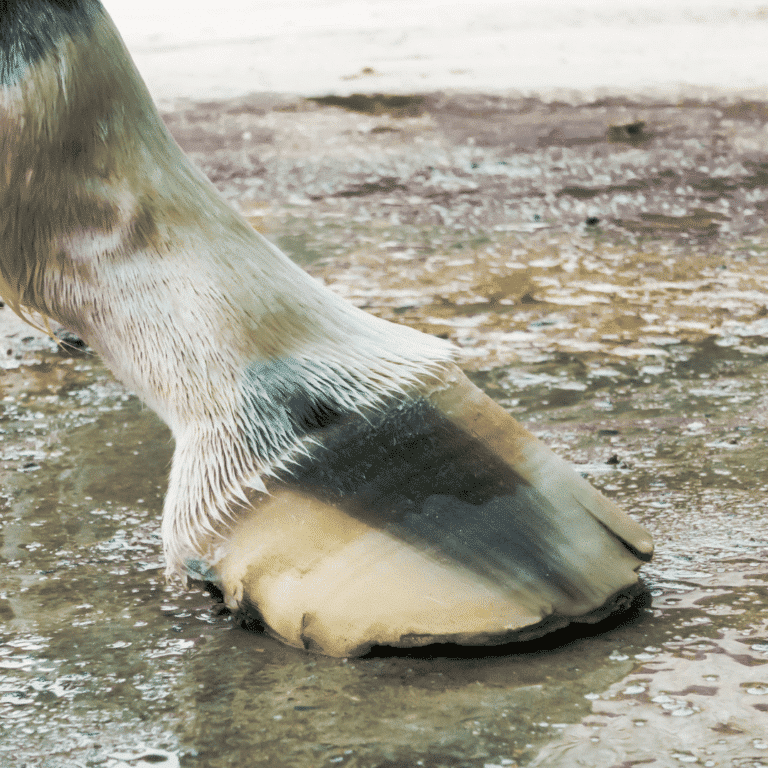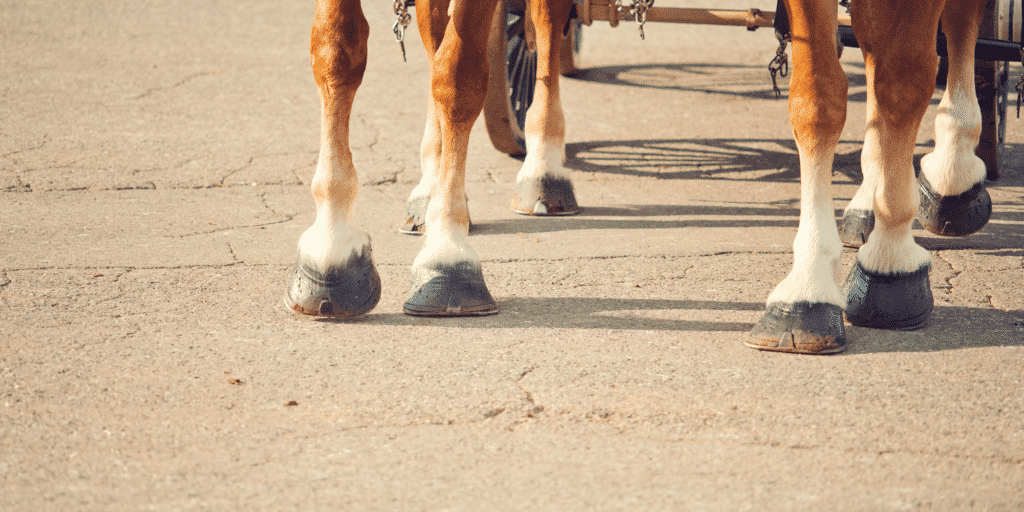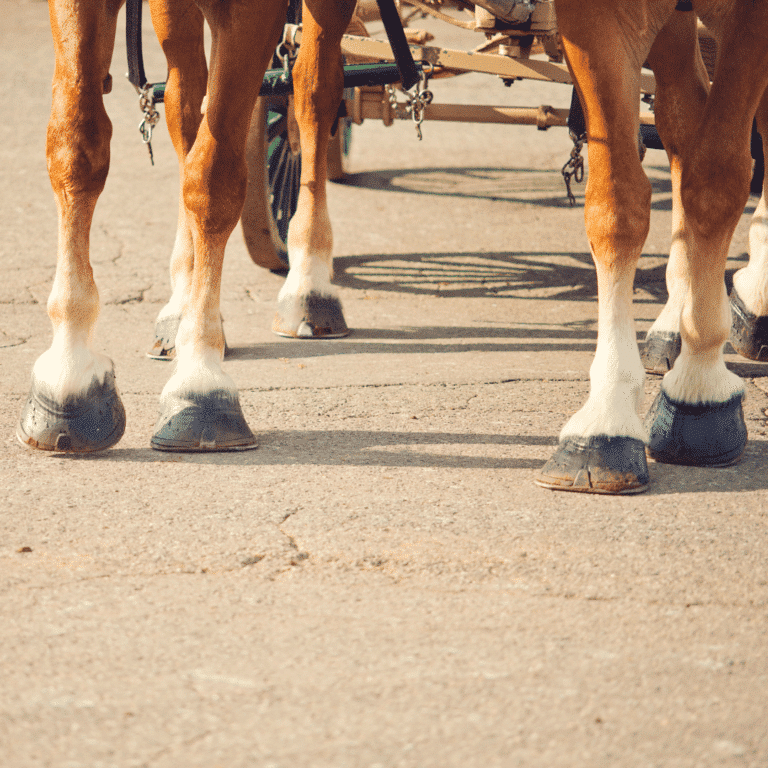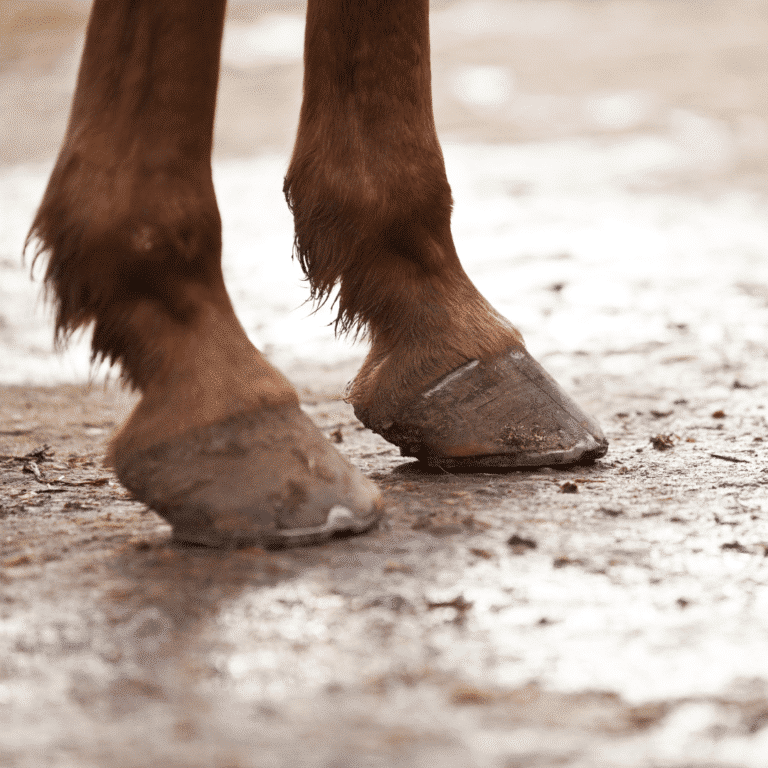
Thrush in Horses
Equine Thrush Seek veterinary advice before applying any treatment. Thrush is a common bacterial infection of a hoof’s frog. The

Seek veterinary advice before applying any treatment.
Quittor is a term used to describe chronic infection of the medial or lateral collateral cartilage of the distal phalanx in the horse. This condition is characterized by local inflammation and necrosis of the affected cartilage, with subsequent formation of draining tracts proximal to the coronary band. The infection is usually caused by a wound, and the horse often presents with moderate to severe lameness and a history of chronic or recurrent drainage.
Treatment of quittor in horses depends on the cause of the condition and the severity of the injury. While minor infections may be treated with cleaning, antibiotics, bandaging, and stall rest, this does not usually work for most types of quittor. Since a regular dose of antibiotics is not usually successful, an aggressive broad-spectrum antibiotic therapy is usually called for in most cases. However, this is not commonly used in any type of quittor besides cutaneous quittor because of the depth of the damage and infection. The best choice for most cases includes debriding the area of damage and infection. This involves cleaning and removing all the infected or dead tissue, which can be a complicated and lengthy procedure of searching fistulous tracts for abscesses. Either cold or hot baths, depending on the stage of quittor, to determine where all of the areas of infection are located, may be suggested. Continuing this for several days will help to slough off the necrotic tissues until only healthy tissue remains. Afterwards, the wound should be packed with sterile gauze soaked in antibiotic ointment and wrapped with bandages. In all cases of quittor, oral antibiotics will be continued for three to six months.
Careful routine attention to the horse’s feet and hooves is the best prevention of quittor. Feet should be trimmed and shod regularly to prevent hoof cracks from forming. All puncture wounds, wire cuts, or other accidental injuries should be treated by cleaning them thoroughly, applying an antibiotic foot spray or other medication prescribed by a veterinarian, and watching closely for signs of a deeper infection. At the first sign of injury or lameness, the horse’s feet should be checked and precautions taken to prevent infection or further injury.


Equine Thrush Seek veterinary advice before applying any treatment. Thrush is a common bacterial infection of a hoof’s frog. The

Coronary Sinus (Quittor) Seek veterinary advice before applying any treatment. Quittor is a term used to describe chronic infection of

Equine Keratoma (Hoof Tumor) Seek veterinary advice before applying any treatment. A keratoma is a rare benign tumour of the